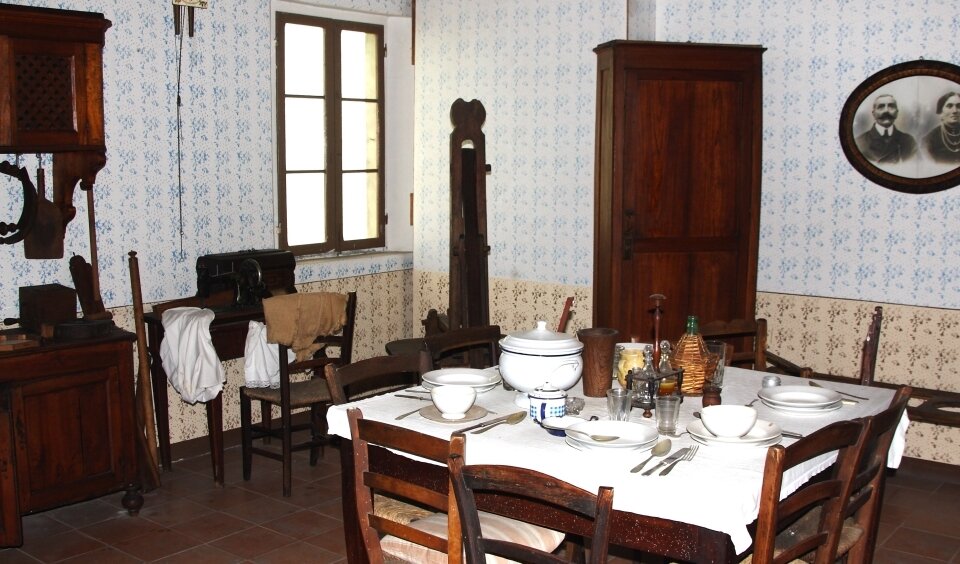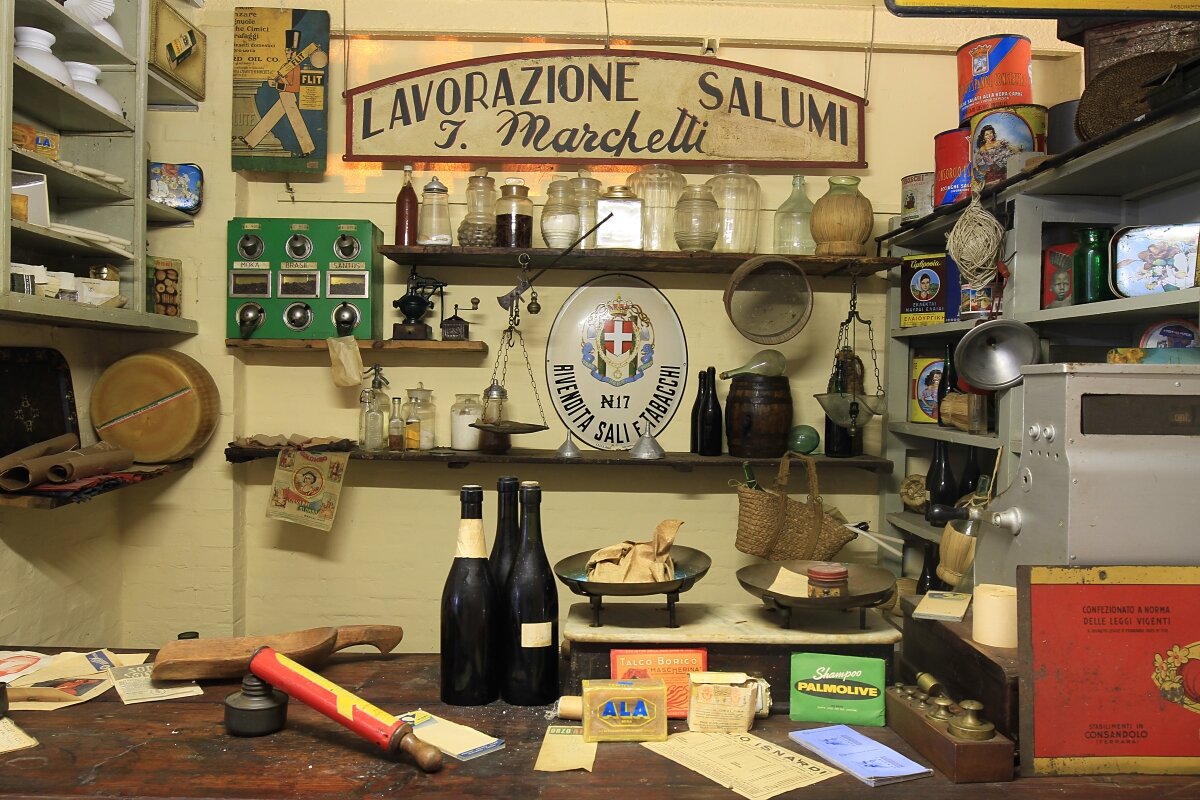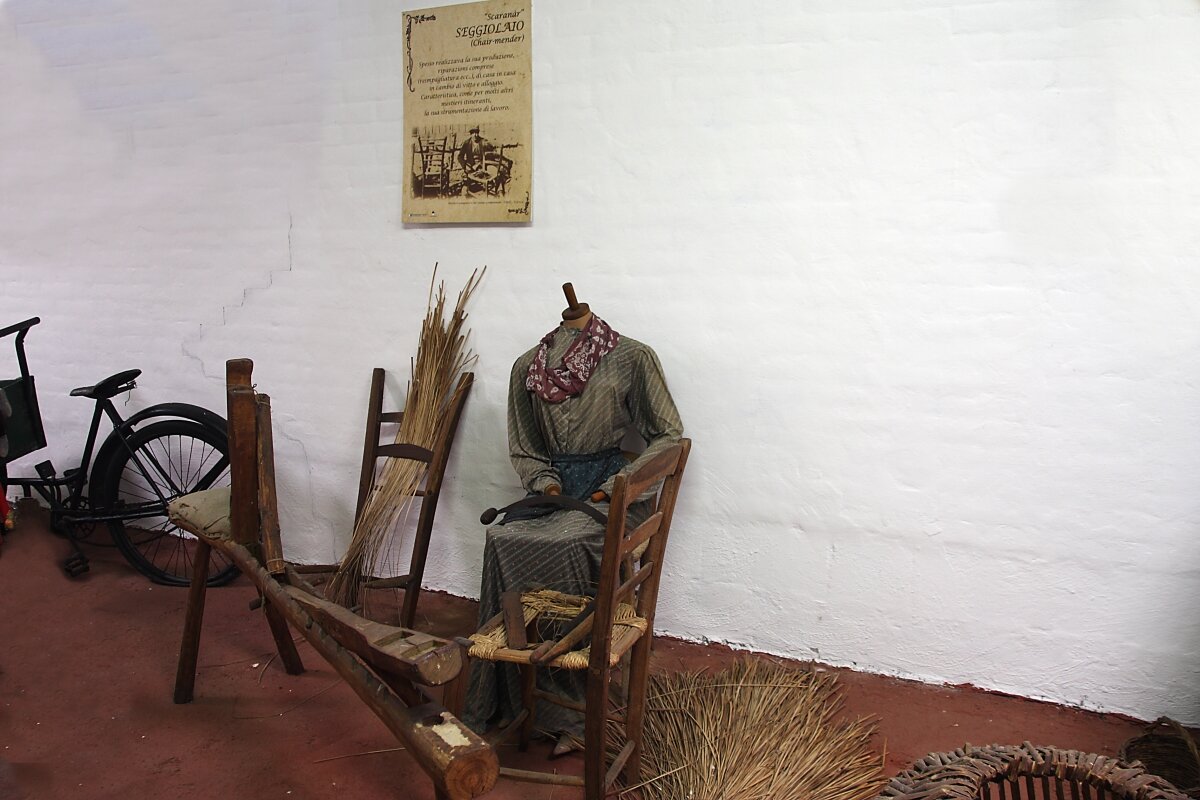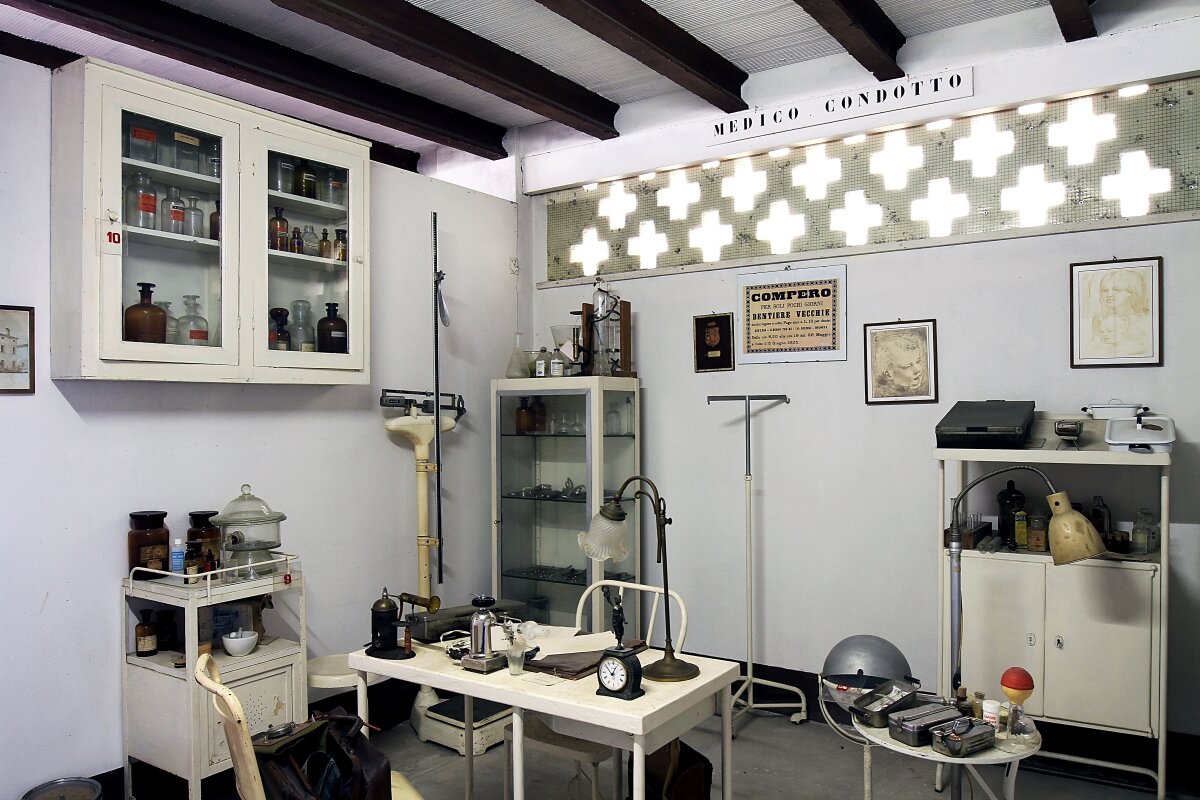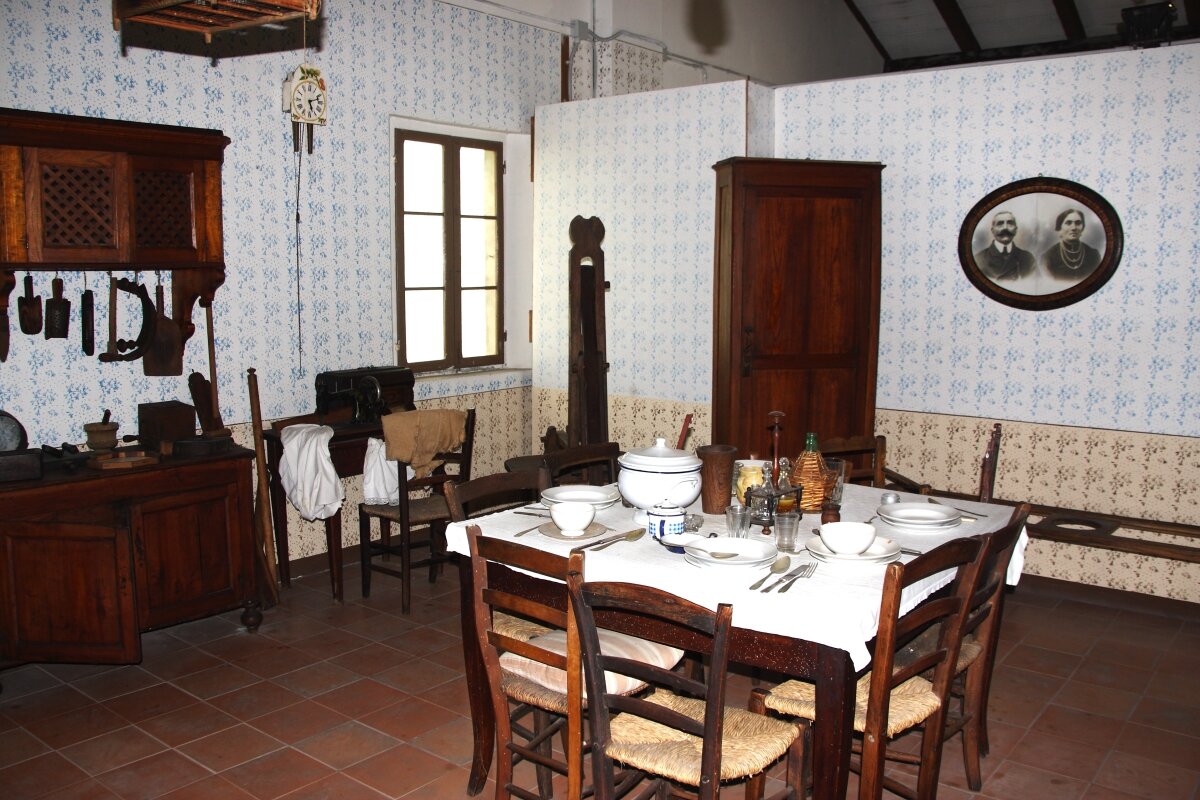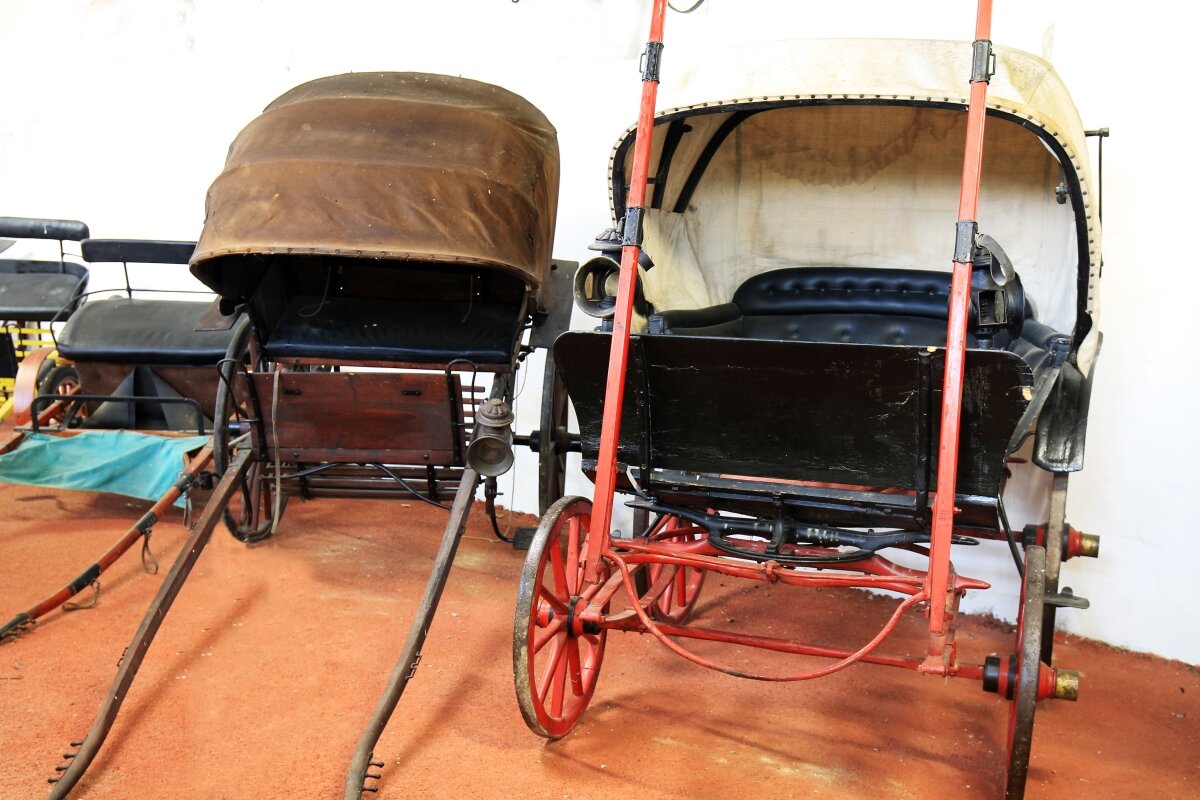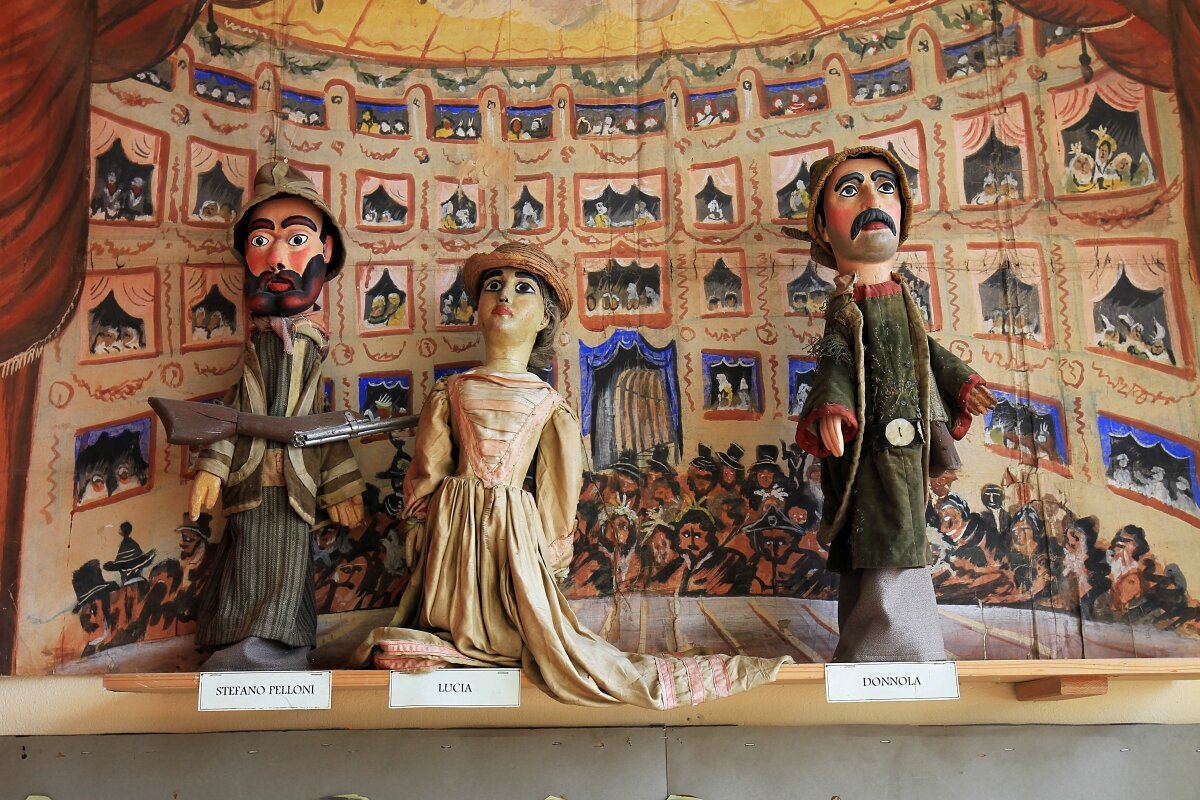Must-see because...
A journey into the past, discovering the Ferrara’s citizen labor and rural life
You will remain fascinated from the farmer’s labors and theirs agricultural vehicles
You will get into the thick of a rural village, admire theirs houses and small shops
Dedicate yourself to know the agricultural history through an equipped library
You might also be interested

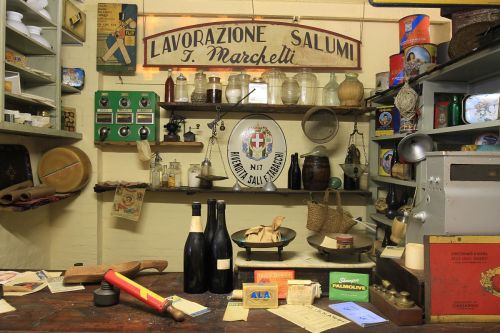
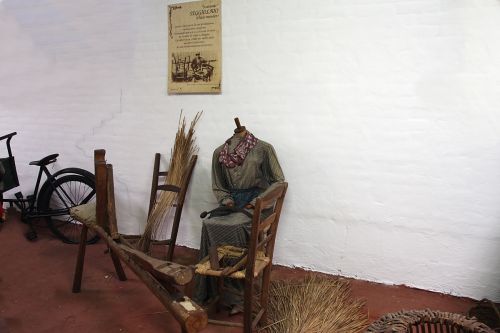
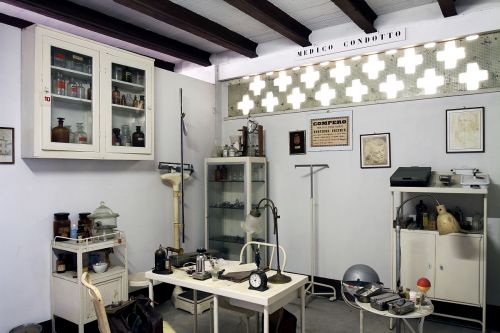
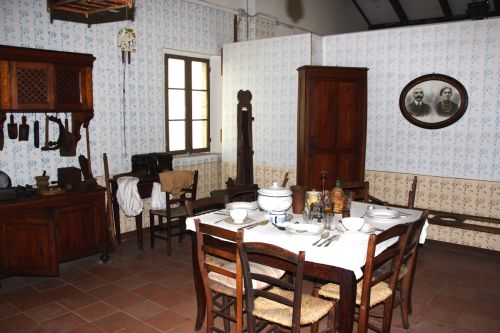
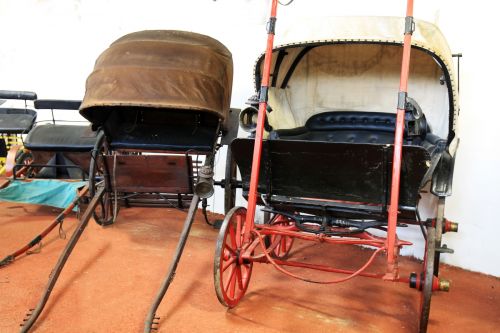
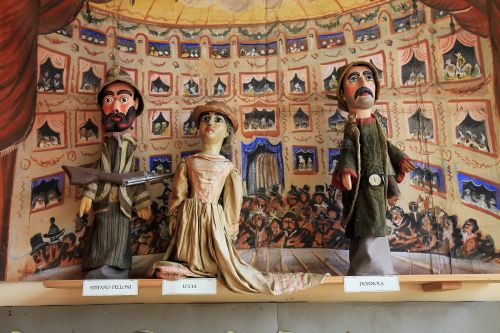
Museum of Rural Life
Established in the early 1980s, this center aims to offer insights and accurate documentation regarding work and rural life in the area from the late 1800s to the first half of the 20th century.
Museum of Rural Life - Historical notes
A centre founded the early 1980s, encompassing the history of Ferrara's trades and agricultural life, The center was realized thanks to the relentless research and recovery work carried out by Ferrara farmer and collector Guido Scaramagli.
Museum of Rural Life - The visit
Visiting the Center means to immerse oneself in local rural life in the period from the late 1800s to the first half of the 20th century. Agriculture was linked to much of the local economy, customs and traditions.
The first section of the Centre is devoted to finely restored agricultural equipment and is enriched by rare one-of-a-kind pieces from overseas. Also of great interest is the documentation of the impressive land reclamation works carried out in the area, fruit growing, itinerant activities and means of transportation. A second section transports the visitor inside the environments of a rural village, from the home to the artisan workshops, from church to school.
Inside the centre, you can also find a rich and comprehensive selection of puppeteers' materials. This is complemented by a well-stocked library specializing in agricultural history.
You may not know about...
RECLAMATIONS AND SCARIOLANTI. Land reclamations took back land that was previously under water and contributed to the growth of local agriculture over the centuries. One of the fundamental and almost "mythical" figures in Ferrara tradition is that of the "Scariolanti". These were labourers who transported new soil employing their wheelbarrows (cariole) during land reclamation works. Active as early as the time of the Este family - from the 15th century - the last scariolanti worked in the 1940s in the territories of the Reno and Burana Canal. These were mostly peasants, working tirelessly knee-deep in the mud. Sunburned, they hauled earth from one place to another to spill their heavy, muddy cargo.
FERRARA, LAND OF HEMP. Italy was, until the early decades of the 20th century, the world's second-largest producer of hemp after the Soviet Union. Across the peninsula, more than 80,000 hectares of land were cultivated with hemp, more than half of which was in Emilia-Romagna. Ferrara itself was the largest centre of hemp production and processing, along with Carmagnola (in the Turin area).
Ph. from museum website.

